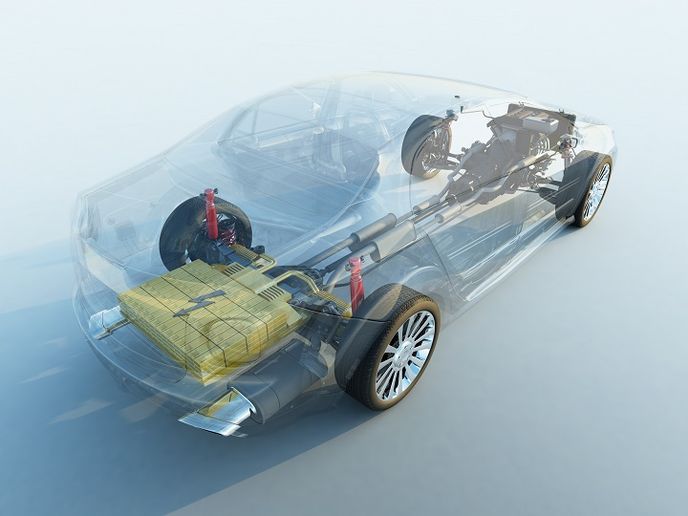With California Governor Gavin Newsom’s September 2020 announcement that the Golden State was going all-in with electric vehicles (EVs) by 2035, and the timely groundbreaking of a new electric F-150 production plant by Ford, EV adoption in the U.S. could be on the verge of a tipping point.
This applies directly to fleets operating in California. Newsom’s order would require all new car sales be EVs by 2035 and all commercial vehicles by 2045. And Ford isn’t just electrifying its popular pickup. The Ford Transit — a worldwide fleet workhorse — will be joining the F-150 as an electrified model. Both are slated to reach the market by 2022.
Ford isn’t alone in its commitment. GM, Volkswagen, Volvo, and BMW are just a few of the traditional OEMs investing large sums in electrification.
Apart from statewide mandates and more available models, EV prices are starting to drop, which is good news for fleets interested in the environmental benefits and lower total cost of ownership (TCO) that electric vehicles can deliver.
But with all the options now available to fleets, how should you go about spec’ing an EV?
EV Spec’ing 101
Fundamentally, spec’ing an EV isn’t any different than spec’ing any other type of vehicle. You need to ask many of the same questions, including:
- Does the vehicle have the capacity to fulfill its fleet mission?
- Does it have the fuel capacity/range to meet the daily demands of the job?
- How much does it cost to maintain?
- Is potential usage high enough to justify the cost of acquisition?
- What is the potential resale value?
Now that EV prices are declining and range is becoming comparable to a gasoline- or diesel-powered vehicles (the distance a vehicle can travel before it needs to be refueled), the two biggest spec’ing factors fleets need to consider are capacities —power and cargo — and refueling.
Cargo space in many EV models have improved. While not always comparable to their internal combustion engine (ICE) cousins, there is typically enough capacity for most fleet operations. Power, too, is becoming comparable at least for urban and highway driving conditions.
Charging still ranks among the biggest challenges facing fleets and consumers alike, but charging providers and OEMs are working to increase the availability of public and private charging. The latter benefits fleet productivity, since drivers can charge their vehicles overnight at their convenience and don’t have to take time out of their day to do so.
While EV and ICE spec’ing offer strong similarities, differences arise. For example, the cost per mile (CPM) of an EV drops the more it is driven, so high usage and high mileage are important spec’ing factors. Because of its lower maintenance costs, the effective life of an EV can be longer — a major difference between a traditional ICE and an EV.
But there’s one other factor that fleets need to take into account as you’re spec’ing an EV — your drivers.
The Human Factor
It’s generally accepted that the next generation of drivers are among the most environmentally aware workers in history. This is another factor you must consider when developing your next vehicle specs — whether your plan was to stick with a traditional ICE or make a move to an EV or other alternative-powered vehicle types.
Considering the human factor means more than delivering a vehicle that is comfortable to drive. In the case of an EV, it’s about connecting with driver-employees and motivating them with a commitment to what they care about. In short, the company’s values reflect the driver’s.
An EV may become a crucial way for your company to retain drivers and employees.
How to Choose
You know your fleet and what you need, so the choice is ultimately yours.
Your OEM provider and your fleet management company can help identify the right models for your fleet’s use case, help to arrange a pilot if that is part of your RFP/acquisition process, and determine the TCO and a cycling plan.
by Chris Wolski
Source: https://www.automotive-fleet.com
CUT COTS OF THE FLEET WITH OUR AUDIT PROGRAM
The audit is a key tool to know the overall status and provide the analysis, the assessment, the advice, the suggestions and the actions to take in order to cut costs and increase the efficiency and efficacy of the fleet. We propose the following fleet management audit.




